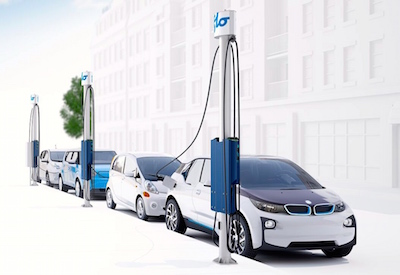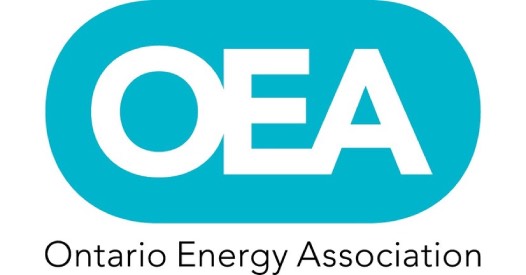AddÉnergie to Expand FLO, Its Electric Vehicle Charging Network in Ontario

December 10, 2016
AddÉnergie has announced plans to install 25 fast-charging stations at Canadian Tire Gas+ locations throughout Ontario, with Natural Resources Canada contributing close to 50% of the $1.8-million investment.
The $1.8M program is funded by AddÉnergie, along with a repayable contribution of $837,500 by Natural Resources Canada through its Electric Vehicle and Alternative Fuel Infrastructure Deployment Initiative. This financing is part of a $62.5-million federal commitment made in Budget 2016 to fund new fast-charging infrastructure for electric vehicles (EVs) in Canada, as well as natural gas and hydrogen refueling stations along key transportation corridors.
“The support from Natural Resources Canada accelerates our efforts to deliver smart, reliable and safe charging solutions for EV drivers wherever they are — whether it’s at home, at work or on the go,” says AddÉnergie President and CEO Louis Tremblay.
Safe and reliable charging for Canadian EV drivers
The stations will be connected to the FLO charging network, operated by AddÉnergie in several Canadian provinces. FLO is Canada’s most comprehensive and reliable electric charging network, providing EV drivers with more than 2,500 charging stations from coast to coast.
The charging stations will be installed strategically along some of Ontario’s busiest highways to facilitate EV travel in and between cities. Each location will be equipped with a direct-current fast charger (DCFC) and a dual Level 2 curbside charging station to accommodate all types of electric vehicles.
All stations linked to the FLO network are connected and monitored remotely by AddÉnergie’s national operations centre. Free membership in the FLO community comes with a mobile app that allows EV drivers to easily locate available stations and pay for charging sessions.
DCFCs are designed to charge up to 80% of an EV’s capacity in 20-30 minutes, depending on the model. They are compatible with vehicles equipped with CHAdeMO or SAE Combo charging ports, such as the Nissan Leaf, Kia Soul EV, BMW i3 or Tesla Model S (adapter required). Dual Level 2 curbside charging stations will charge most electric vehicles to their full capacity in 3-4 hours and is compatible with both all-electric vehicles and plug-in hybrid cars. Capable of charging 2 EVs simultaneously, they are equipped with an automatic cable retrieval system to retract cables after each use.
The charging stations for the project are designed and developed by AddÉnergie at its facilities in Québec City, and will be manufactured at its plant in Shawinigan, Québec.










![Guide to the Canadian Electrical Code, Part 1[i], 26th Edition – A Road Map: Section 10 – Grounding and Bonding](https://electricalindustry.ca/wp-content/uploads/2022/11/Guide-CE-Code-2.png)





